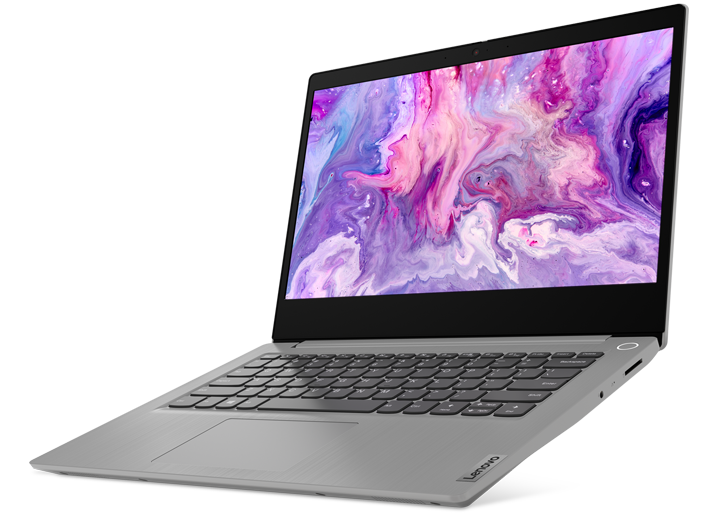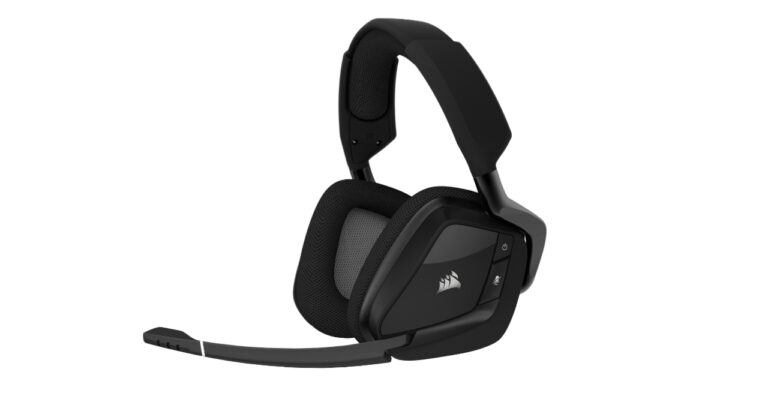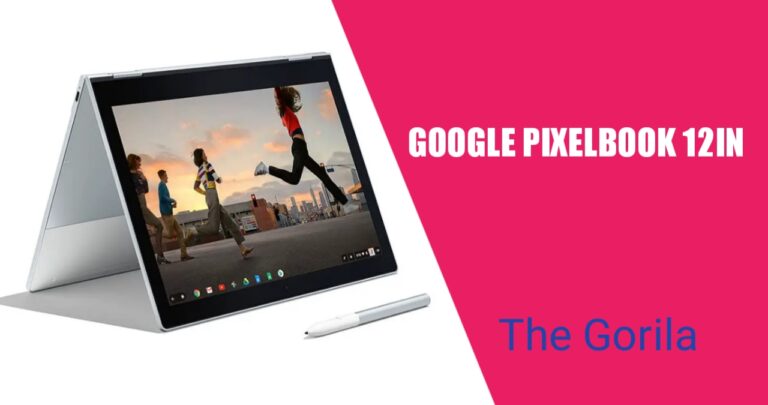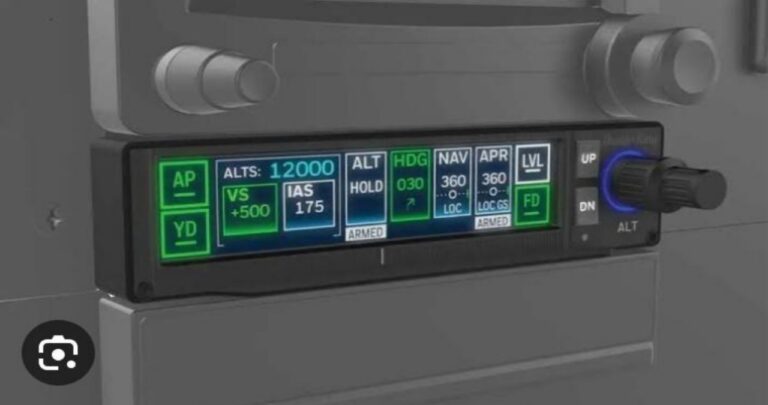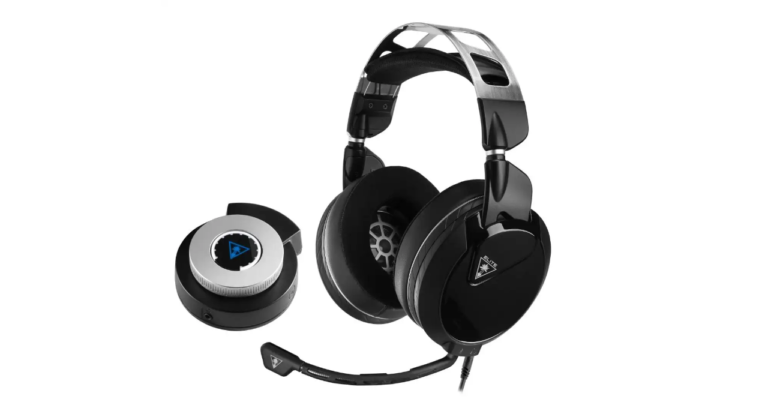What You Should Know About Laptop Dimensions
If you are thinking of purchasing a Laptop for your needs, it is a good idea to know about the different dimensions. This article will also cover the Processor speed, Memory, Storage, and more. Listed below are a few things you should consider when choosing a laptop. These features will help you decide on the right laptop for your needs. When purchasing a Laptop, it is important to choose the right size and type. If you have too many requirements, you can always upgrade later on.
Dimensions of a laptop
There are three main dimensions of a laptop. These are its width, depth, and height. The width is measured diagonally across the surface of the screen, while the depth is the measurement from top to bottom. If you buy a laptop that comes with an adjustable stand, you can also use it to measure its width. But make sure that you know the size of the laptop before you buy it. Here are the dimensions of the most common laptop sizes:
The internal and external dimensions of a laptop are listed on the product’s packaging, along with the screen size. Most laptops have screens with dimensions of about 14 inches, and they are great for simple word processing. Smaller laptops are often used for doing everyday chores. Although they might not come with as many features as larger models, they are still excellent choices for everyday use. You can also find laptops with dimensions smaller than 15 inches if you aren’t looking for a super powerful laptop.
Processor speed
A processor is a vital part of a laptop’s overall speed, and you can determine its value by examining the frequency of the CPU. Historically, processor speeds have been slow and limited to one task at a time. Today, processors are more powerful than ever, allowing you to run multiple programs, play games, and even watch movies. But the speed of a processor doesn’t tell the whole story. There are a number of other factors to consider, as well.
The frequency is the rate at which your laptop processor processes data. The higher the frequency, the faster it can process instructions. If your processor is under-clocked, you may have a CPU problem. To determine the speed of your processor, visit the laptop’s manufacturer’s website. A laptop’s base clock is the basic speed your computer can run at. If you see the processor speed going under the base clock, it could indicate a CPU problem or overheating. You can also look up the processor’s factory-rated clock speed. This isn’t the actual processor speed, but it is a good indication of the processor’s capability.
Memory
The best way to identify the RAM in your laptop is by reading the technical specifications of the machine. You can also consult the manual or supplier’s website to see what capacity the machine has. It is important to choose the right memory module according to your needs and specifications. Then, you can proceed to purchase the memory for your laptop. Once you’ve installed the memory, you can power on your laptop to test its performance. After installing the new RAM, you can replace the original one if needed.
If you’re planning to perform resource-intensive operations, you may need to install more RAM on your laptop. This can be as much as 32 GB. You’ll be surprised how much faster your laptop can perform once you’ve increased its memory. The downside is that it’s harder to upgrade memory for laptops than it is for desktop computers. However, if you’re buying a laptop for business use, 32GB of RAM is essential for a powerful workstation.
Storage
If you’re considering purchasing a new laptop, you should know a few things about the different types of storage available. Most models of laptops come with HDDs as their storage, which are traditional hard drives with spinning disks. While these drives have many advantages, they are often slow compared to 5400rpm drives. However, they are an excellent value for money and can be purchased for as little as $70. The downside is that they don’t have as much space as an external hard drive.
Most premium laptops have a minimum of 256GB of storage, which is adequate for most users. Purchasing laptops with more storage is not necessary, as you can save more of your documents in the cloud. Cloud storage services like Dropbox and Google Drive will allow you to store more files on fewer machines. In addition to cloud storage, you can save your photos, movies, and other files to different types of hard drives. By reducing the amount of data you keep on your laptop, you can save money on your monthly bill and on your laptop’s storage.
Docking station
A docking station for laptop is an essential piece of laptop hardware that enables you to use another device while plugged into your computer. Many docking stations come with different features. You may want to purchase one with Thunderbolt support, for example, if you have an older laptop with USB-C. However, if you’re buying a new laptop, you’ll probably only need a docking station that supports Thunderbolt, and not USB-C.
Some of these docks can support both Thunderbolt 3 and DisplayPort. Thunderbolt 3 can transfer video signals from the computer to the dock, while DisplayPort can be used for displaying pictures and videos. Make sure you have an external power adapter handy. In case your laptop’s power adapter does not support USB-C, consider buying a docking station that supports Thunderbolt 3.

I’m publisher on vents today if anyone want post on our website then do contact

